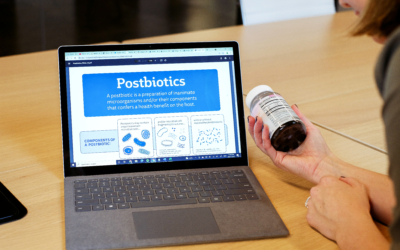
Postbiotics: A global perspective on regulatory progress
By Dr. Gabriel Vinderola PhD, CONICET, National University of…

I come to praise ISAPP, not to bury it: Reflections on 15 years as a board member
By Prof. Colin Hill PhD, University College Cork
I have been…
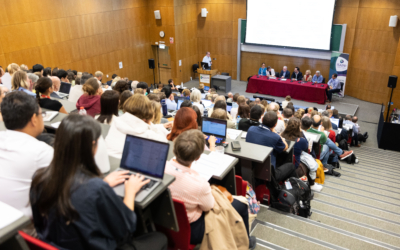
Expert Panel at ISAPP Annual Meeting Addresses Probiotic Use for Premature Infants
By Marla Cunningham, ISAPP Executive Director
The use of probiotics…
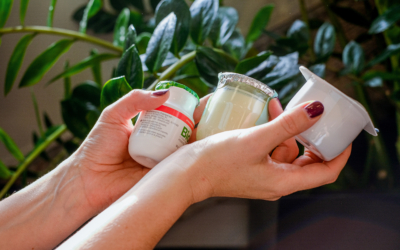
Should everyone take a probiotic? Assessment of evidence of probiotics for healthy people
By Prof. Daniel Merenstein MD and Dr. Mary Ellen Sanders PhD
During…
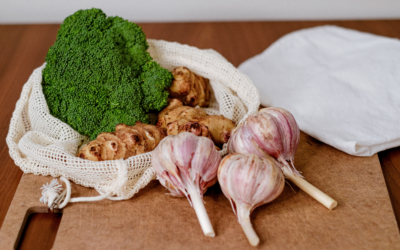
Can we estimate prebiotic effects from short-chain fatty acid production?
By Prof. Kristin Verbeke PhD, KU Leuven
Short-chain fatty…

Can prebiotics benefit brain health in older adults? ISAPP experts weigh in on a recent study
With increasing age and frailty come changes in the gut microbiota…

Should bacteriophages be considered as a member of the biotic family?
By Prof. Colin Hill PhD DSc, University College Cork, Ireland
ISAPP…
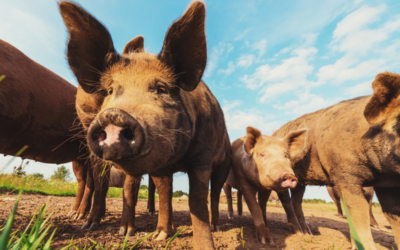
The gut-brain axis in livestock animals: Is there a place for biotics in changing pig behavior?
By Prof. Seppo Salminen PhD, University of Turku, Finland
When…
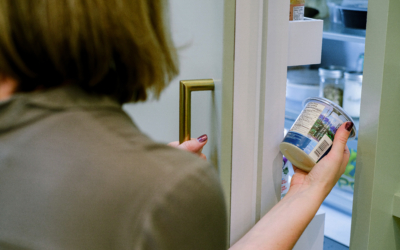
A guide to the new FDA Qualified Health Claim for yogurt
Fermented foods such as yogurt, kimchi, and fermented pickles…
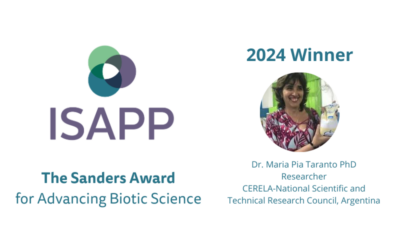
Inaugural Sanders Award for Advancing Biotic Science Goes to Argentinian Researcher who leads YOGURITO program
The ISAPP board of directors is pleased to share that the winner…

2023 in Review: Highlights in the Field of Biotic Science
By Kristina Campbell, Prof. Colin Hill PhD, Prof. Sarah Lebeer…

Statistical considerations for the design of randomized, controlled trials for probiotics and prebiotics
By Prof. Daniel Tancredi, UC Davis, USA
The best evidence…




